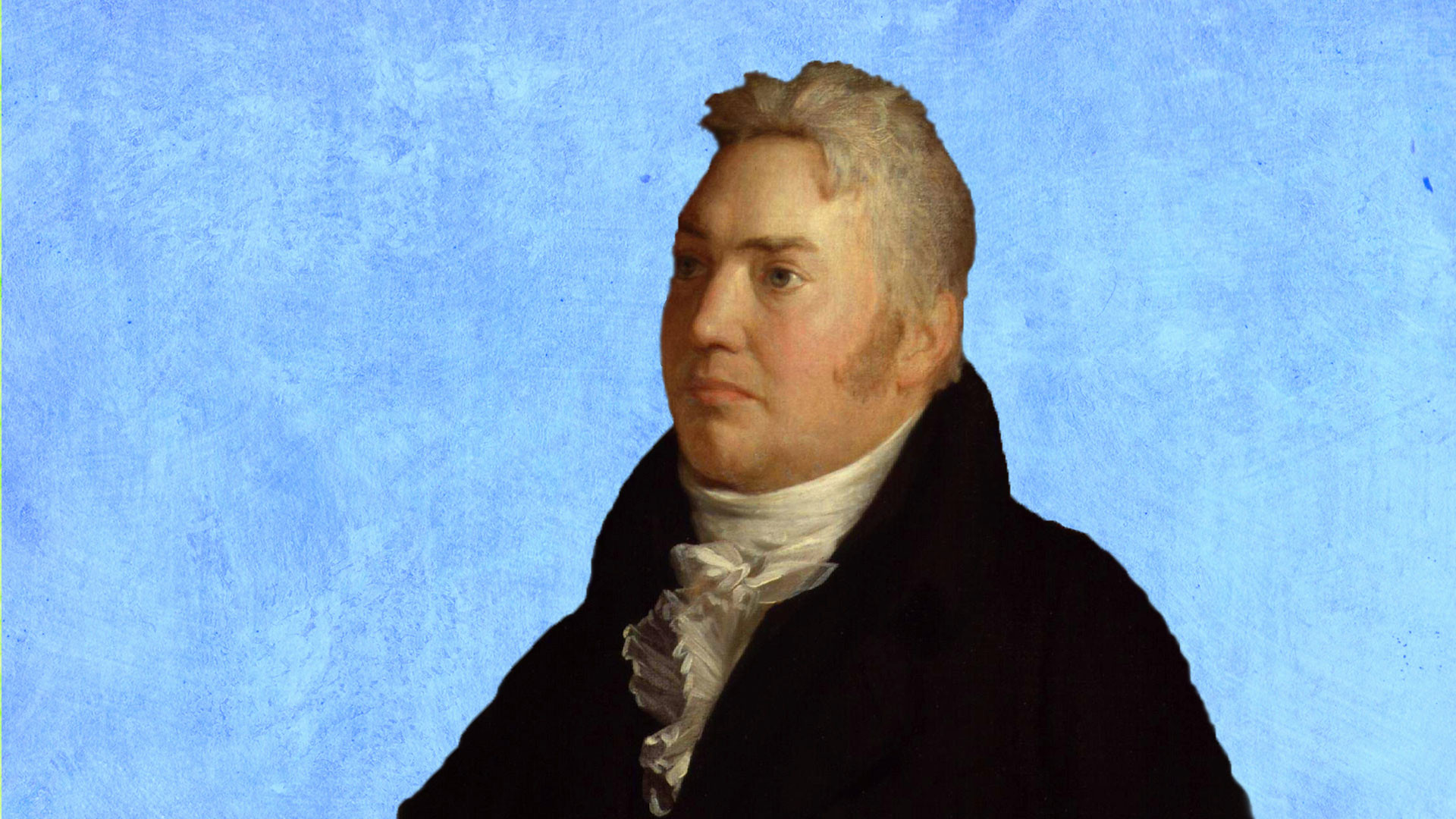‘The guests are met, the feast is set’ and the Ancient Mariner Big Read has begun. On 18th April, the project released its first instalment: the opening moments of “The Rime of the Ancient Mariner” read by actor and activist Jeremy Irons. Over the next forty days, forty writers, actors, performers and artists will continue Samuel Taylor Coleridge’s poem — and their performances can be found free for all online.
Coming up will be readings by the likes of Iggy Pop, Tilda Swinton, and the acclaimed author and Devon resident, Hilary Mantel. Amazingly, I have also been afforded the opportunity to read alongside these monoliths of film, music, art and literature as well as contributing my own fiction to the project.
It’s an honour. As a winner of The Foyle Young Poets of the Year Award in 2016, I’ve found myself in unbelievable company with poets Kathleen Jamie, Lemn Sissay, Max Porter, and even the Poet Laureate, Simon Armitage, who is also a contributor. Also featured in the project are unique works created by a plethora of international artists in response to the poem and indeed, a reaction to our strange times, even though the project has been in development for three years, hosted by The Arts Institute at University of Plymouth.
The poet himself is one of the greatest Romantic artists — and a personal hero of mine. “The Rime” features some of the most famous lines in poetry – so famous that many people quote them, having no idea who wrote them. ‘Water, water, everywhere / Nor any drop to drink’; ‘He prayeth best who loveth best / All creatures great and small’.
And “The Rime”, a fable centred around the striking image of a shot albatross, long seen as an emblem of our disconnection from nature, has much to tell us about loneliness. Writer and fellow opium-addict, Thomas de Quincey said of Coleridge’s drug-induced isolation: ‘Where is the man who shall be equal to these things? Is, indeed, Leviathan so tamed? In that case, the quarantine of the opium-eater might be finished’. He went on to add admiringly ‘Whenever he spoke it was as if he were tracing a circle in the air’. But Coleridge’s meditiations now have a new relevance. He could not have precisely foreseen our current situation but his words on loneliness can never have seemed more applicable.
As we lie in our beds listening to the celebrated artists that have entertained and reassured us so often, we hear a voice that has never be forgotten, a man whose poetry speaks through us and shows the way. In these days of isolation, the transportive force of Coleridge is a welcome escape. His mariners find themselves stranded in open water; so do we, caught in our very own doldrums. I have spent the last month secluded in my bedroom, my garden and on my sofa trying to convince myself that we will return to the equilibrium we knew. As the world changes unimaginably, Coleridge stands as our guide past this anti-social virus. The stranded Mariner experienced enforced self-isolation. Art can allow us to deal with ours.
Author Philip Hoare is curating the project, alongside Cornish-based artist Angela Cockayne and Sarah Chapman of the Art Institute at University of Plymouth. The South West is intrinsically bound to this project and to the poem itself. Coleridge was born in Ottery St Mary – my reading was recorded, along with Dame Hilary’s, in the same parish church where Coleridge himself was baptised by his father, who was minister at the church. It was strange to think we read in a space in which the infant poet may have cried over the baptismal font. As a boy, Samuel floated his paper boats down the Otter past the jigsaw church that overlooks East Devon. The harbour at Watchet in Somerset is supposed to be a key inspiration for the poem, itself written in Somerset. As a resident of Tavistock, where I spent my own childhood, I feel proud that my region has not only inspired this project, but supplied the modern voices to create it.
The forty days of the Big Read will not be a desert wilderness, but be filled with the many voices of Coleridge himself. The Ancient Mariner Big Read has been inspired by the same team’s previous project, the Moby-Dick Big Read of 2012, in which I was also lucky enough to take part, reading a chapter with a former teacher at Tavistock College and providing my photography to the project. The Moby Dick Big Read has gone to have international coverage and over 10 million hits on its website.
Listeners to the new recordings can collect them, daily, building up a sound mosaic of the poem which will then be released as the complete work. At the end of those forty days, “The Rime” and its ancient mariner will emerge, like a ghost ship out of the internet mist – a digital tribute to Coleridge’s 200-year-old art. As the water and wind of the high-seas stretch our sails, I hope these readings will give us all a sense of the wide-open and free ocean that, I hope, lies ahead.
Cyrus Larcombe-Moore, who lives in Tavistock, is Foyle’s young Poet of the Year Winner and has been longlisted for the National Poetry Award. Go to www.ancientmarinerbigread.com this Friday to hear his extract of ‘The Rime of the Ancient Mariner’ .



